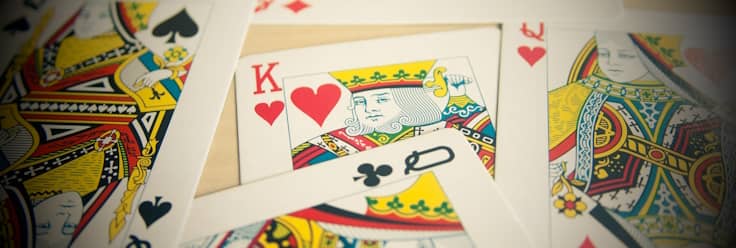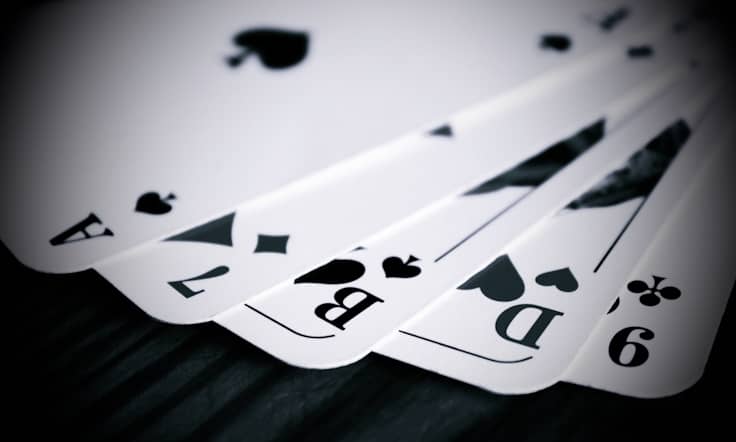
-
 Gates of Olympuspragmaticplay
Gates of Olympuspragmaticplay -
 Sweet Bonanzapragmaticplay
Sweet Bonanzapragmaticplay -
 Big Bass Bonanzapragmaticplay
Big Bass Bonanzapragmaticplay -
 Wolf Goldpragmaticplay
Wolf Goldpragmaticplay -
 Bigger Bass Bonanzapragmaticplay
Bigger Bass Bonanzapragmaticplay
-
 Gates of Olympuspragmaticplay
Gates of Olympuspragmaticplay -
 Sweet Bonanzapragmaticplay
Sweet Bonanzapragmaticplay -
 Big Bass Bonanzapragmaticplay
Big Bass Bonanzapragmaticplay -
 Wolf Goldpragmaticplay
Wolf Goldpragmaticplay -
 Bigger Bass Bonanzapragmaticplay
Bigger Bass Bonanzapragmaticplay
Unlocking the Art of Bluffing in Poker: Strategies, Psychology, and Advanced Techniques

The Psychology Behind Bluffing
In the electrifying atmosphere of a poker match, decoding the psychology of your adversaries becomes a game-changer. Scrutinizing their habits and deciphering betting patterns unveil precious glimpses into the intricacies of their strategic thinking. Consider this: a player's persistent hesitation before a raise could signify a wavering confidence or a hand lacking in strength. Capitalizing on opponents' psychological susceptibilities, whether exploiting their fear of loss or their inclination to overvalue their hand, emerges as a formidable strategy in the seamless execution of effective bluffs.
Types of Bluffs
The realm of poker bluffing unveils an array of tactics, each uniquely adorned with its own strategic intricacies. Semi-bluffing emerges as a dynamic approach, where bets or raises are orchestrated with a drawing hand. This transforms a latent potential into an immediate threat, weaving anticipation and uncertainty into the fabric of the game. In stark contrast, pure bluffing steps into the limelight, skillfully representing a formidable hand when, in reality, the cards held are comparatively weak. This artful maneuver hinges solely on the potency of deception, injecting an element of surprise into the unfolding narrative. Meanwhile, continuation betting, a stalwart in strategic play, involves maintaining a consistent offensive after the flop. Regardless of the actual strength of your hand, this tactic is designed to wield control over the table dynamics and keep adversaries perpetually second-guessing your intentions.
Timing and Frequency of Bluffing
Navigating the terrain of when to deploy a bluff requires a nuanced equilibrium. The intricacies involve a meticulous assessment of the board texture and a shrewd analysis of opponents' playing styles. Successful timing hinges on this delicate interplay. Steering clear of foreseeable patterns is a tactical necessity, achieved by infusing variety into bluffing frequency and strategically interweaving bluffs with formidable hands. This dynamic approach consistently keeps opponents guessing, injecting an element of uncertainty that makes deciphering your intentions an arduous task.
Reading Opponents' Bluffs
Being able to read potential bluffs from opponents is equally important. Identifying deviations from their usual behavior, paying attention to bet sizing and timing, and utilizing information from previous hands contribute to a comprehensive understanding of their strategies. This information allows you to adjust your own approach, making informed decisions that can give you a significant edge.

Common Mistakes in Bluffing
Perfecting the craft of bluffing is undeniably vital, yet steering clear of common pitfalls is just as imperative. The peril of overbluffing, characterized by an excessive frequency of bluffs, introduces a predictable pattern that astute opponents can readily exploit. Neglecting the nuances of opponents' perceptions and dismissing the significance of adapting to their distinctive playing styles are potential missteps that jeopardize the efficacy of your bluffing endeavors. It's not merely about bluffing skill; it's about a holistic approach that includes tactical restraint, perception management, and a dynamic responsiveness to the ever-shifting dynamics of the game.
Bluffing in Different Variants of Poker
Bluffing strategies vary across different poker variants. In Texas Hold'em, adapting to community cards and reading opponents in a shared-hand environment are critical. Omaha, with its multiple starting hands, presents unique challenges and opportunities for bluffing. Understanding these nuances is key to applying effective bluffing techniques in various poker formats.
Advanced Bluffing Techniques
For seasoned players looking to elevate their bluffing game, considering metagame elements is essential. Exploiting opponents' awareness of your playing style and adapting your strategy based on evolving metagame trends can provide a significant advantage. Image manipulation, or crafting a deceptive table image, is another advanced technique that can be leveraged for strategic gain.
Bluffing as a Tool for Table Control
Beyond individual hands, bluffing can be used as a tool for shaping the overall narrative of the game. Establishing dominance through well-timed bluffs and influencing opponents' decision-making processes can create a dynamic table environment that works in your favor.
Conclusion
In the complex world of poker, mastering the art of bluffing is a skill that can set you apart from the competition. From understanding the psychology behind opponents' actions to employing different types of bluffs and adapting strategies for various poker variants, the nuances of bluffing are vast. Constant refinement of your bluffing skills, coupled with an awareness of common mistakes and the ability to read opponents, will contribute to your success at the card table.
FAQs
How often should I bluff in a poker game?
Bluffing frequency depends on various factors, including the playing style of your opponents, the specific game variant, and the dynamics at the table. It's crucial to find a balance to avoid predictability.
What is image manipulation in poker?
Image manipulation involves consciously crafting a deceptive table image to influence opponents' perceptions of your playing style. It can be used as an advanced bluffing technique to gain a strategic advantage.
Can bluffing be effective in online poker games?
Yes, bluffing is a relevant strategy in online poker games. However, the absence of physical tells makes reading opponents more challenging, emphasizing the importance of understanding betting patterns and timing.
How do I recover from a failed bluff?
Recovering from a failed bluff involves staying composed and adapting your strategy. Focus on reading opponents' reactions, adjust your play accordingly, and avoid letting emotions dictate your subsequent moves.
Is bluffing more effective in tournament play or cash games?
Bluffing strategies can vary between tournament play and cash games. In tournaments, blinds increase over time, necessitating more aggressive play, while cash games allow for a more measured and strategic approach to bluffing.
Play now More newsInteresting articles
Money Management in Table Games: Avoiding Common Pitfalls
Mind Games at the Poker Table: Understanding Psychology in Gambling
Discover the Thrill of Blackjack Side Bets and Strategies
Demystifying RNGs: Your Guide to Fairness in Online Table Games
Evolution of Casino Table Games: Classic to Modern Variations Unveiled



